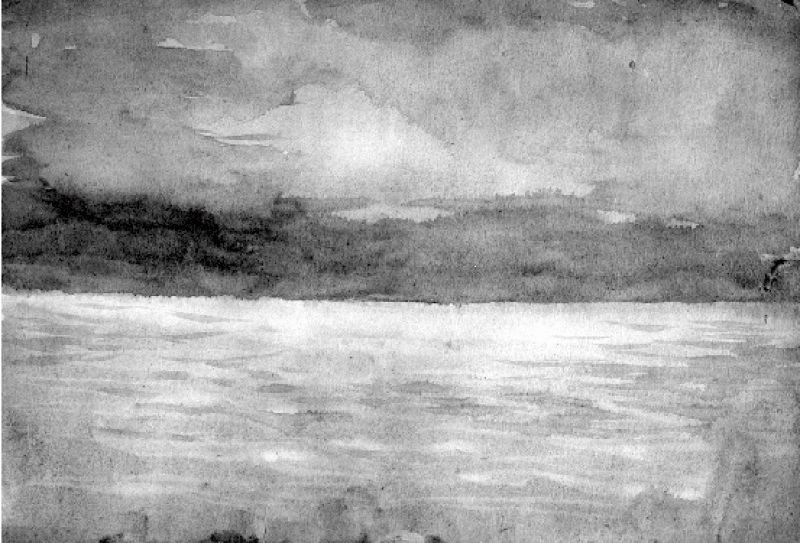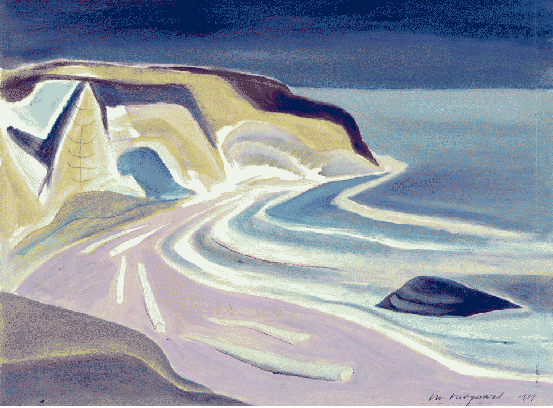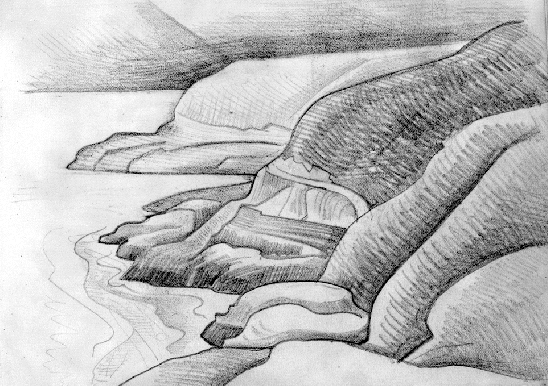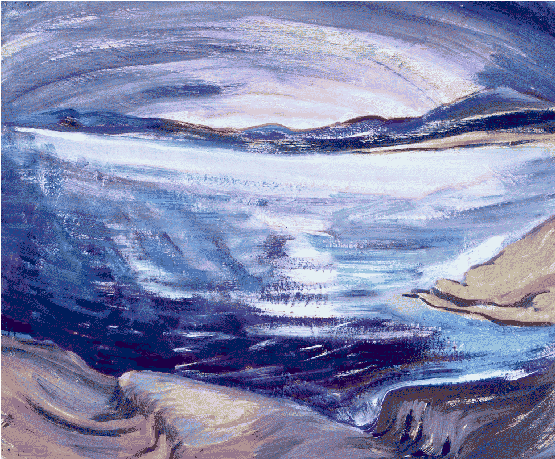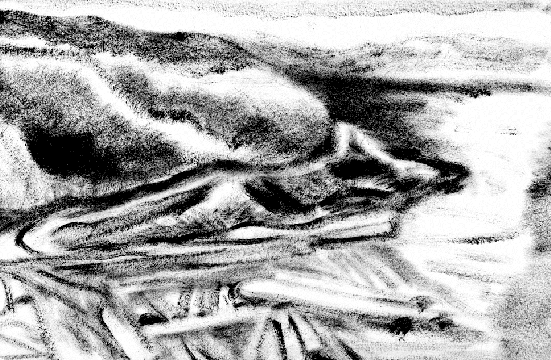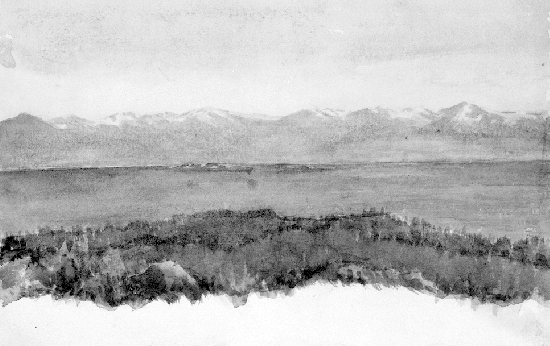
Camosun/Victoria Arm/the Gorge has been inhabited and travelled by people for thousands of years. Before the arrival of Europeans the area was controlled by the "Kosampson". Many parts of the waterway have historical and mythological associations.

The "gorge" with the reversing rapids, now known as Tillicum Narrows, is the site of the original Camosun or "Camossung". Legend has it that HALS transformed a young girl to stone here in order to maintain the flow of water and the unique ecosystem of the Arm. In 1960 a deranged neighbour dynamited the rock so that people could pass by in larger boats, but the rapids still occur.

The beautiful and sheltered waters soon attracted the newcomers for fishing, hunting, logging, and pleasure.


Craigflower schoolhouse was built around 1850 on a previous Kosampson village site.

The manor house.

Off to school- beats a bus.

The last class at Craigflower School, 1910.

Early bridge over the rapids.

A later version.

People still fish on the Gorge. Not long ago i saw an elderly man pull in a meal worthy cut-throat trout off of the Selkirk Trestle bridge.

Victorians used to go kind of crazy with their boats on the Gorge every Spring.

Every 24th of May there were races and general celebrations in honour of the coming summer (and Queen Victoria's birthday).

The waters echoed with fireworks, splashing, thumping paddles, yelling and laughter.






It is still a nice place to go for an afternoon paddle.

The observatory on Gonzales Hill can make you feel as though you've walked into an M.C. Escher drawing.

The whole landscape there is pretty surreal. Victoria seems a distant dream and panoramic views over the shining waters of the straits inspire feelings of flight.
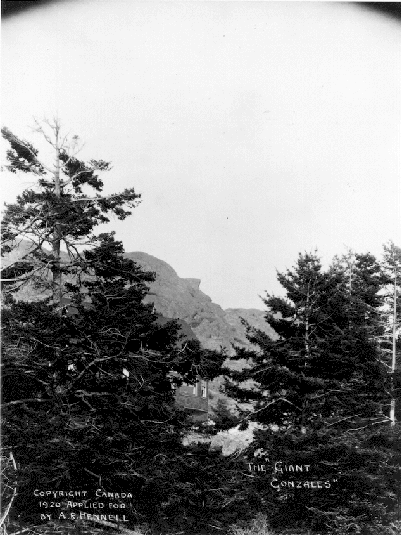
The old timers thought that the mountain resembled a giant...
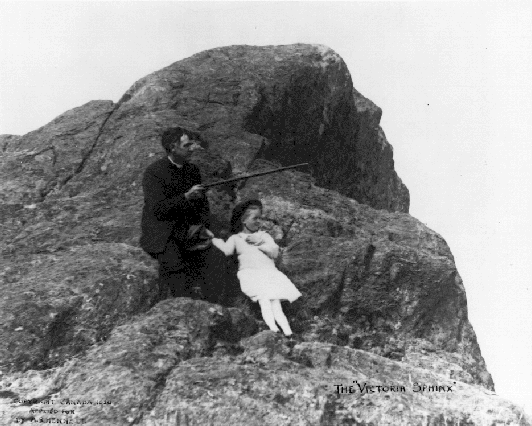
and a "Sphinx".
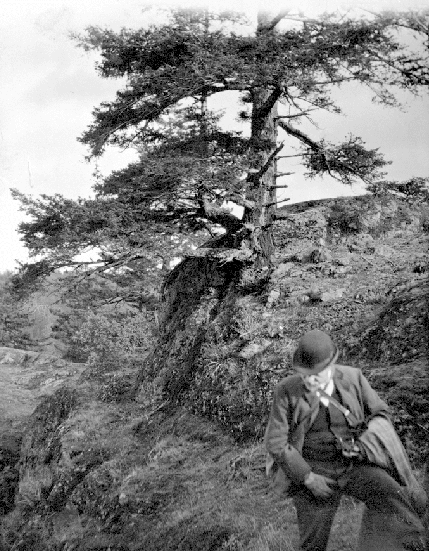
James Robert Anderson- son of the well known HBC fur trader and early Victoria settler A.C. Anderson- scaling the heights of Gonzales.

Windblown oaks in a hillside garden.
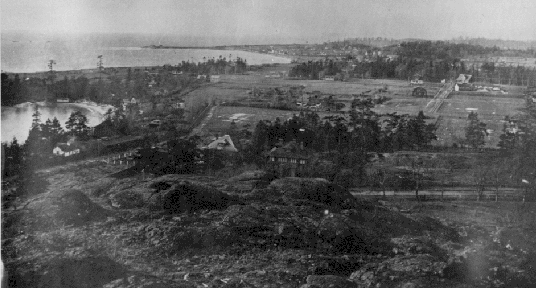
The old view over Fairfield.

"At the foot of the tree, so near that some of the roots extended into the water, was a spring as clear as crystal."
In 1904 David William Higgins, a Victoria newspaper man and politician who had arrived in the city in 1858, published a collection of short stories about his memories and experiences of 40+ years in British Columbia. One of these was the story of the Mystic Spring of Cadboro Bay. Like his friend Amor de Cosmos, Higgins was an observer of the supernatural and many of his stories centre around unusual occurrences and unexplained mysteries. In this story he records a legend of a giant maple tree which grew on the banks of a spring at the foot of todays Mystic Vale near UVic. His writing is patronizing towards First Nations culture at the same time that it seeks to appropriate their stories, and such a spring as the one he describes probably never existed, but the story is notable as an attempt to impose a new European geography on the landscape.
Here is a link to a transcription of the story if you are interested in reading it for yourself (the first paragraph was written by the transcriber), which also has a well researched if rambling comment in response:
http://www.vanisleparanormal.ca/?page_id=13
-

A Big Leaf Maple tree

An early shot with Mt. Baker. The far side of the beach is where the main Lekwungen (Songhees) village is recorded as having been.

For most of the late nineteenth century the Uplands Farm, which slopped up from the shoreline, was a main source of beef for the Hudson's Bay Company. In this photo looking towards the mouth of the bay you can see the old slaughter house on the right. This site, where the Yacht Club is today, was also used regularly by the Lekwungen.

After the Douglas Treaties and First Nation re-settlement closer to Victoria, Cadboro Bay beach became a popular retreat for Victorians seeking to escape the hustle of the distant town.

The Cadboro Beach Hotel (1920-30) was built more or less on the historic Village site.

The Evans' were an early farming family in the area.

Higgins' tale mentions Benjamin Evans as having directed a distraught lover to the spring.

Mr and Mrs Lovell enjoyed visiting the beach from their home on Cedar Hill

So did Nettie Blankenbach, who lived right across the street.

And so did the McTavish kids, along with countless others.

This is Gonzales Bay over 100 years ago. I recently walked along this same shoreline from Ross Bay to McNeill Bay which, at the right time, can be done without much difficulty.
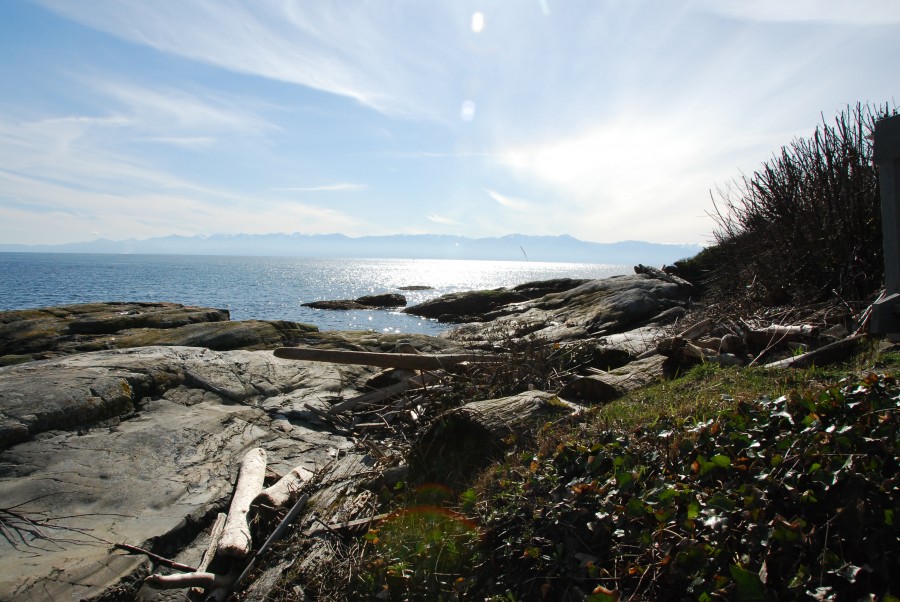
The waterfront was ablaze with life and light on this fine crisp sunday.
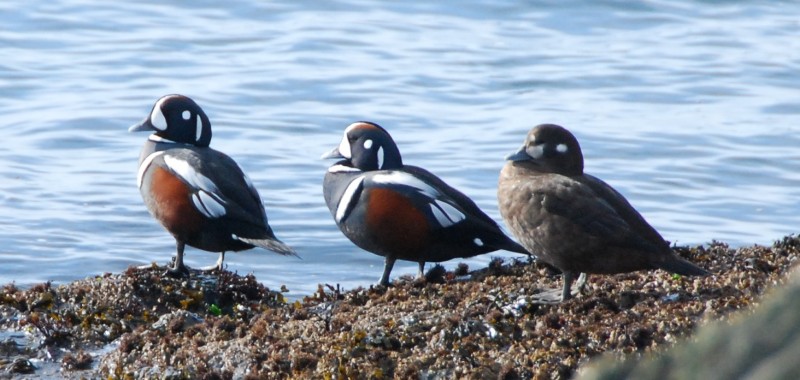
Harlequin ducks winter along the coast but usually migrate up rivers during the summer.

They are courageous swimmers and seem to enjoy the challenge of manoeuvering the crashing surf in their search for food.
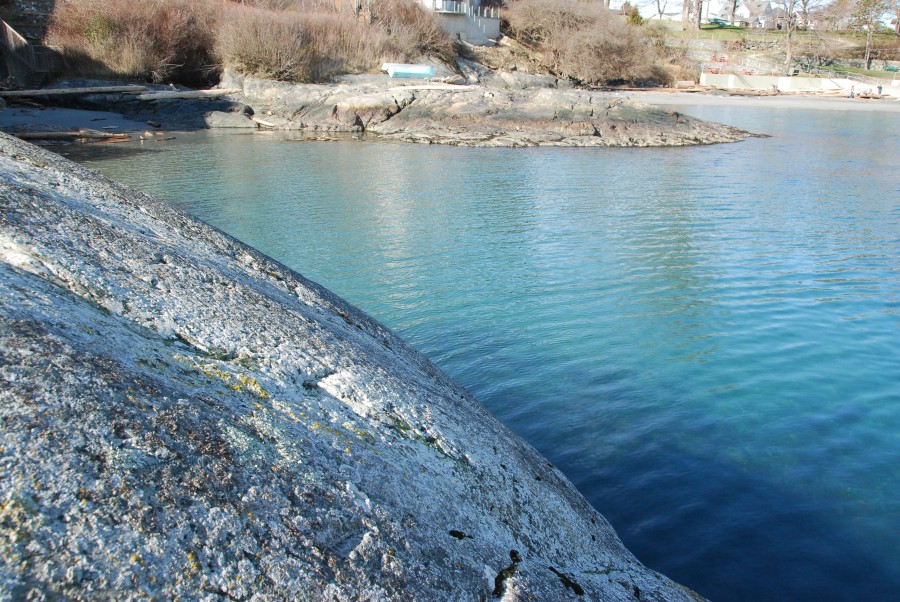 There are some incredible rock formations along this part of the coast.
There are some incredible rock formations along this part of the coast.
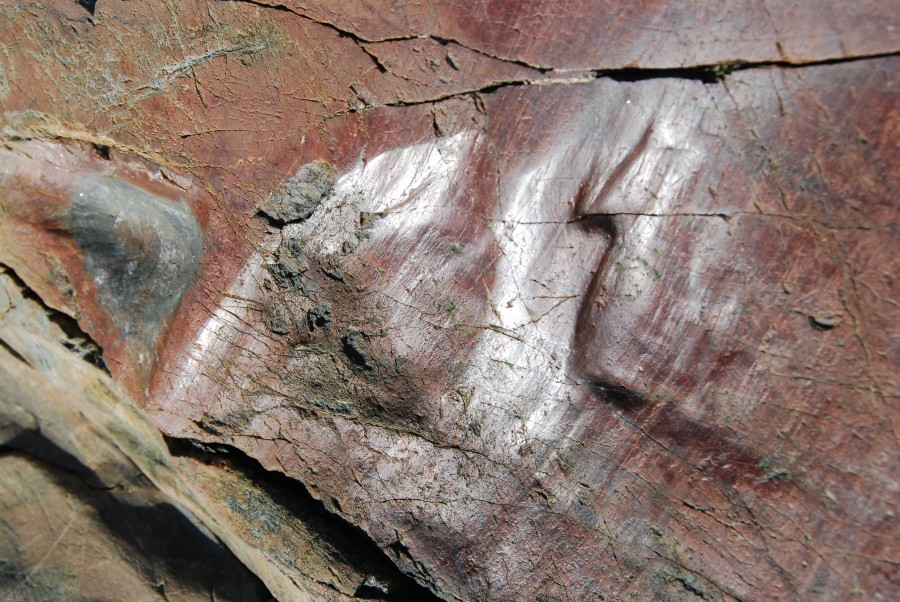
Sculpted and polished by a glacier.
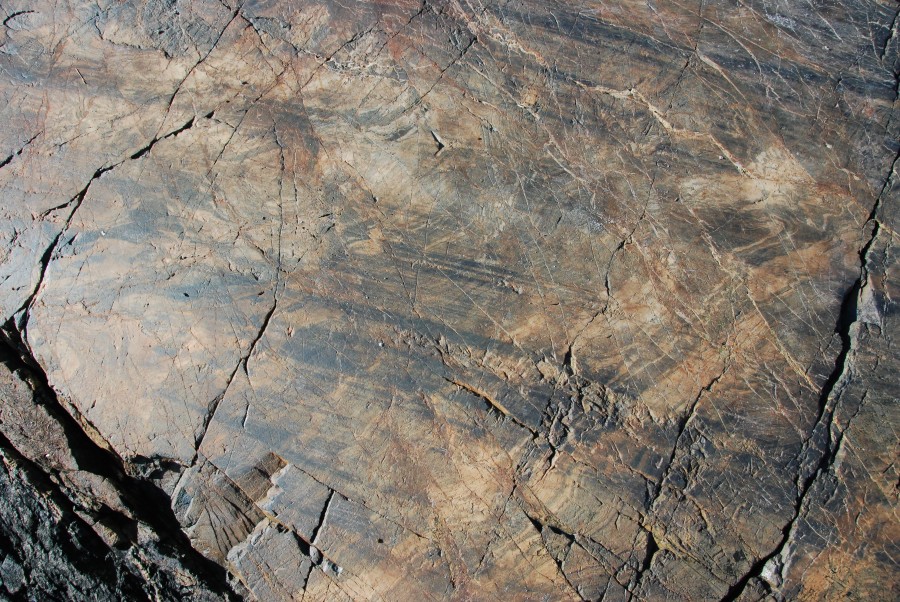
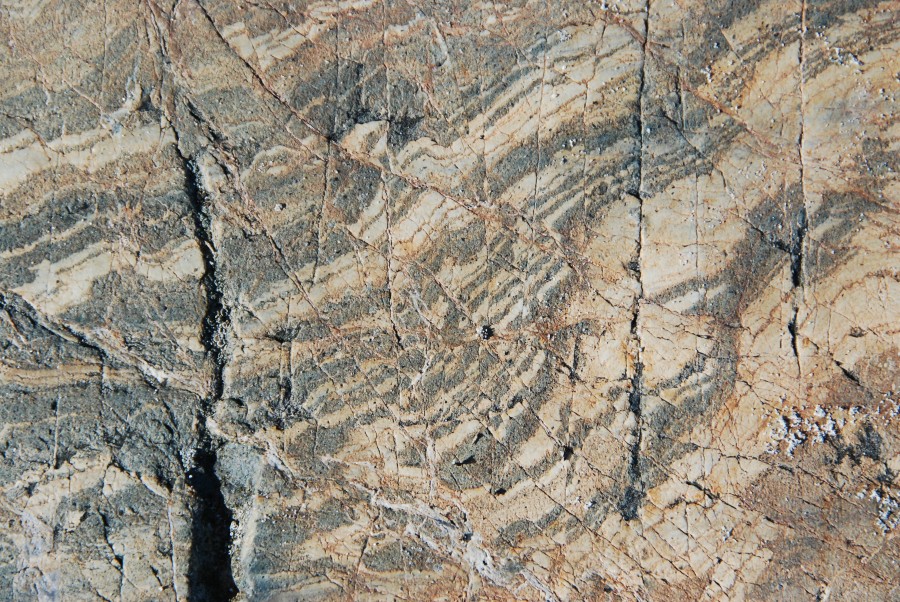

A beach hut on the bay.

Kingfisher watching for his lunch.
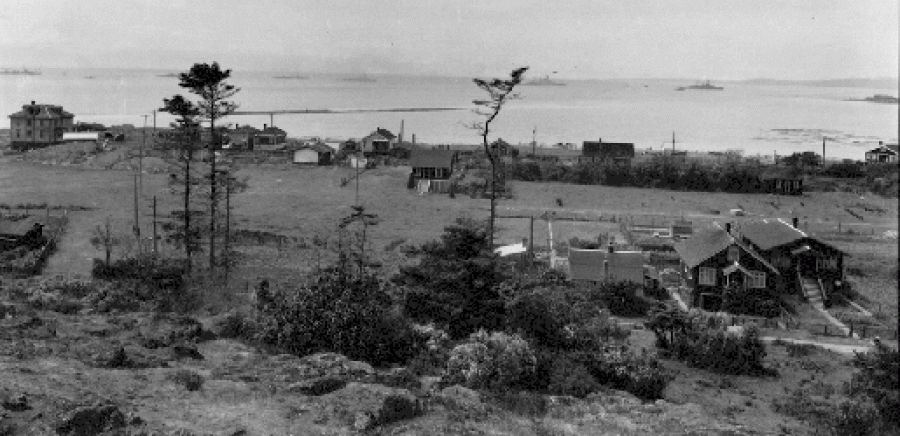
After Foul Bay i came to Harling Point, where the Chinese cemetery is today. This is a picture of that neighbourhood in 1885.
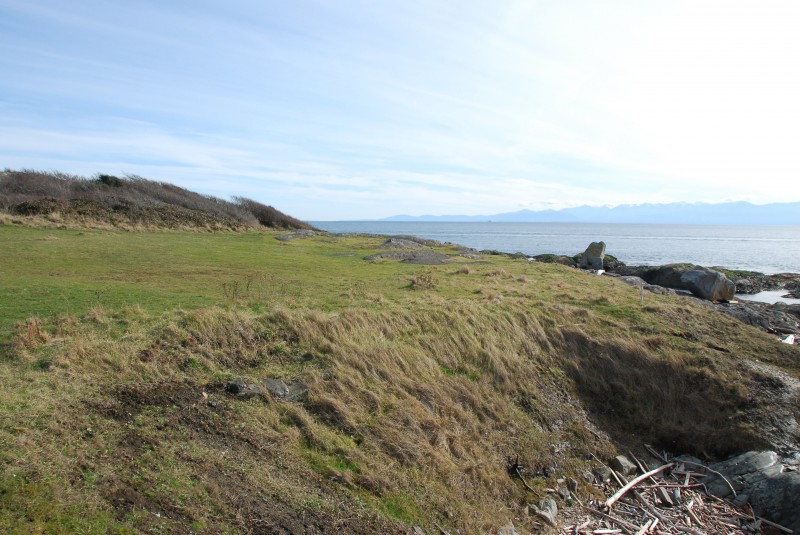 Anyone who has been along the waterfront here knows of its magic. Coast Salish associate it with HALS, the Transformer.
Anyone who has been along the waterfront here knows of its magic. Coast Salish associate it with HALS, the Transformer.
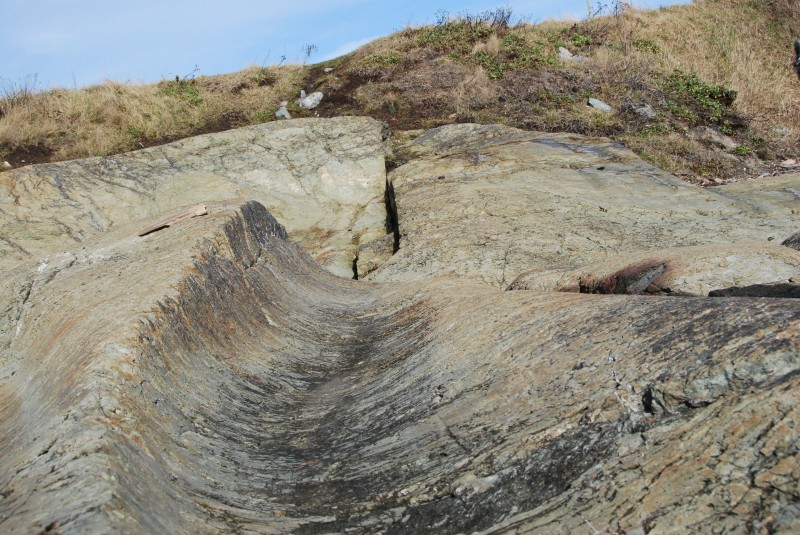
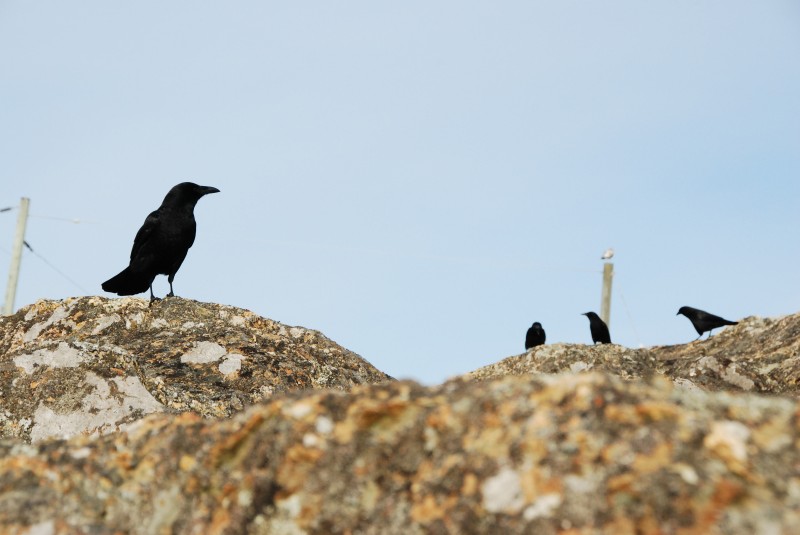
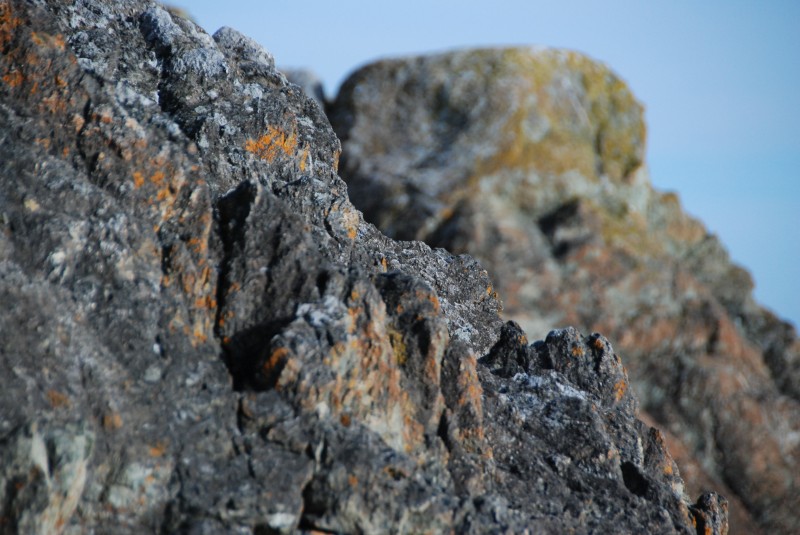
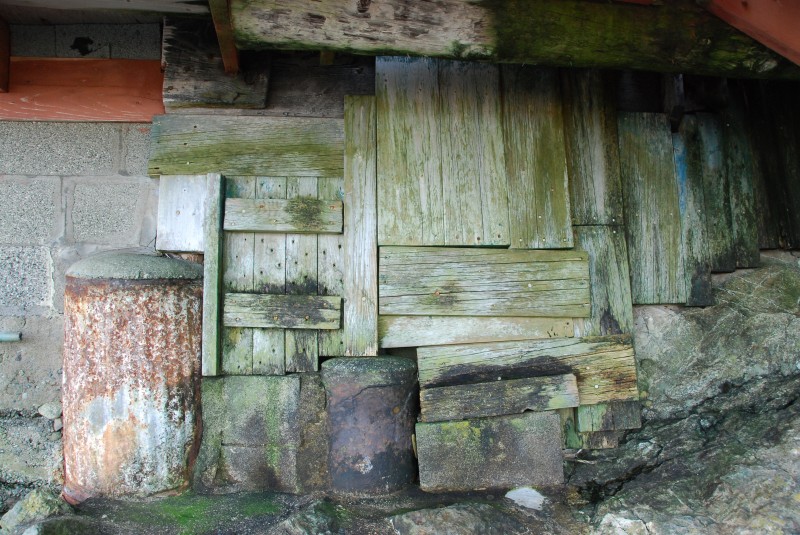
The man made environment along the shore is interesting too.
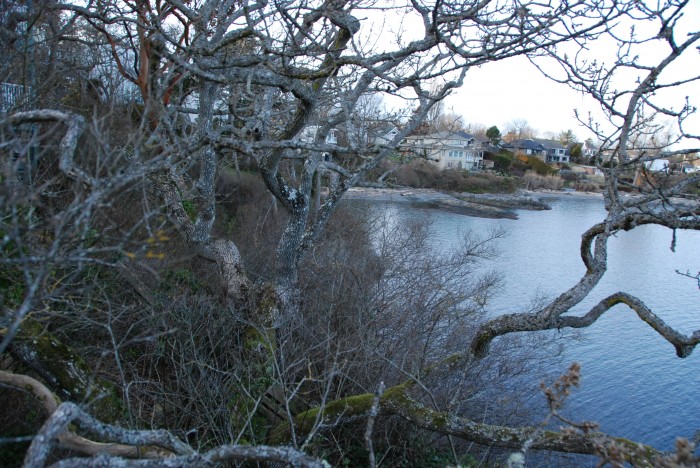
If you continue along the rocks past the Chinese cemetery there is one more small cove to skirt before coming to McNeill Bay. This was the only point, alas, where road travel was necessary on my coastal odyssey, but only for a few hundred paces.
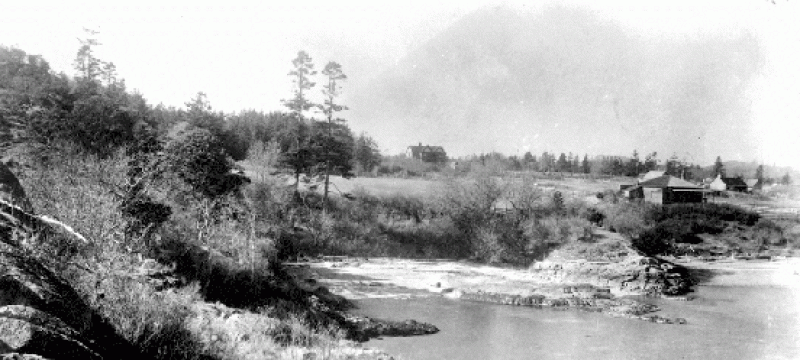
Looking the same direction in the nineteenth century.
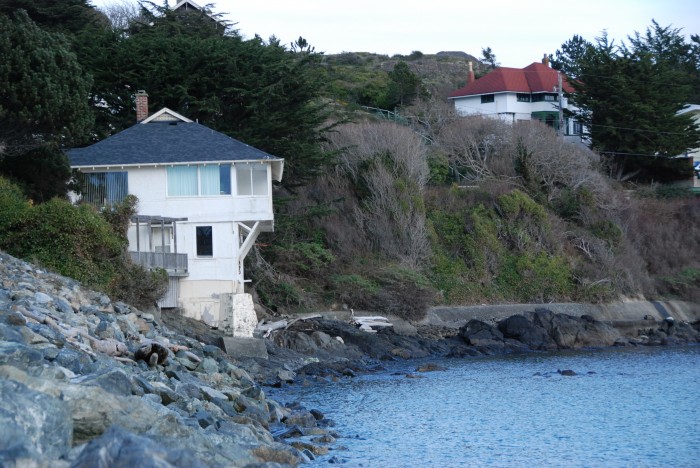 This house on the far side of the Bay has always intrigued me.
This house on the far side of the Bay has always intrigued me.
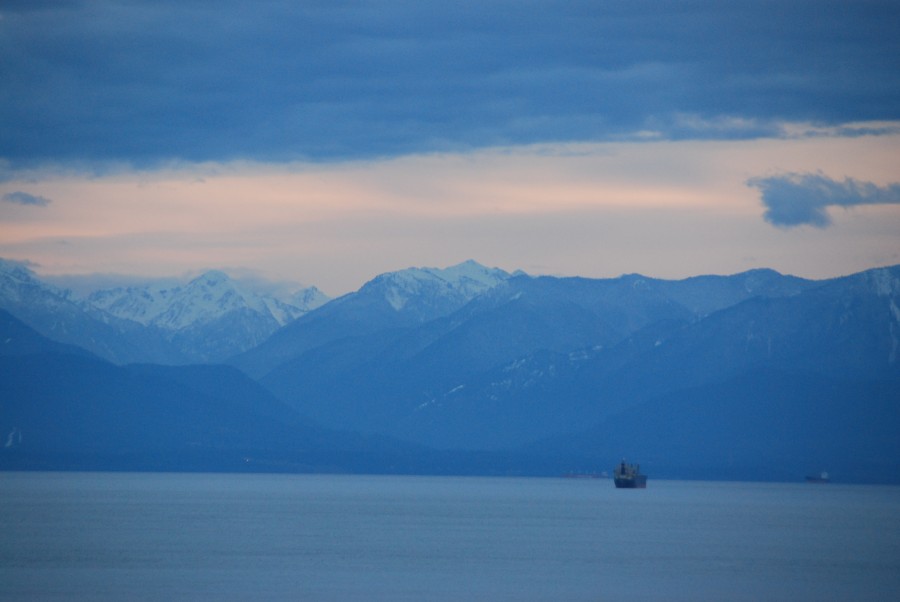
The Canadian government is waking up to the fact that having people living in lighthouses can still actually be a useful and worthwhile asset in todays rapidly automating workplace. For more about that check this out:
http://www.vancouversun.com/technology/Keep+lighthouse+keepers+Senate+urges/4012349/story.html
As someone who enjoys being out on the water and who has had more than one occasion to be thankful for the assistance of a lighthouse keeper, i hereby dedicate this blog entry to those honourable, solitary, guardians of the night who have worked along the shores of Victoria for a century and a half.

A couple of weeks ago i went over to Fort Rodd Hill park which is free and generally empty this time of year. The size of the gun turrets there are impressive, and the beaches and natural areas are amazing, but what caught my imagination most was Fisgard lighthouse.

The stairwell in the tower is pretty cool, and the main part of the building now houses a well displayed museum.

The lighthouse was built in 1860 to guide gold miners and naval boats into Esquimalt harbour. It's the oldest on the Pacific Coast of Canada.

It wasn't a foolproof system, as the Capatin of the HMS Bacchante discovered in 1862.

Next came Race Rocks, on a small islet off Metchosin.


Thomas Argyle was a lighthouse keeper at Race Rocks for many years in the late 1800s. He, like lots of other keepers in his time, probably suffered some effects of mercury poisoning which was used in the old lighting mechanism.

There used to be a small lightouse on a rock called Berens Island in Victoria's Outer Harbour. It has long since vanished.

It doesn't get much more picture perfect than Henry Georgeson, who spent most of his adult life at the Georgina Point lighthouse on Mayne Island.

This is a lighthouse off of Nanaimo

Sandheads light, off the mouth of the Fraser River.

Communication was a little more difficult back then.

The lighthouse on Discovery Island off of Oak Bay is now automated, and the grounds are part of a provincial park. Back in the early nineties, when it was still staffed, a lighthouse keeper at this station pulled me and my brother out of a whirlpool that we had drifted into with a dead engine. True story.

And for the finale, perhaps the most picturesque lighthouse on the face of this earth, Trial Island.

If you can get out there, the lighthouse keeper is really nice and will most likely show you around .

Everything immaculate

She may even take you up the tower.

It's a pretty idyllic place to live.

And there's interesting tribal art to stare at all day too!
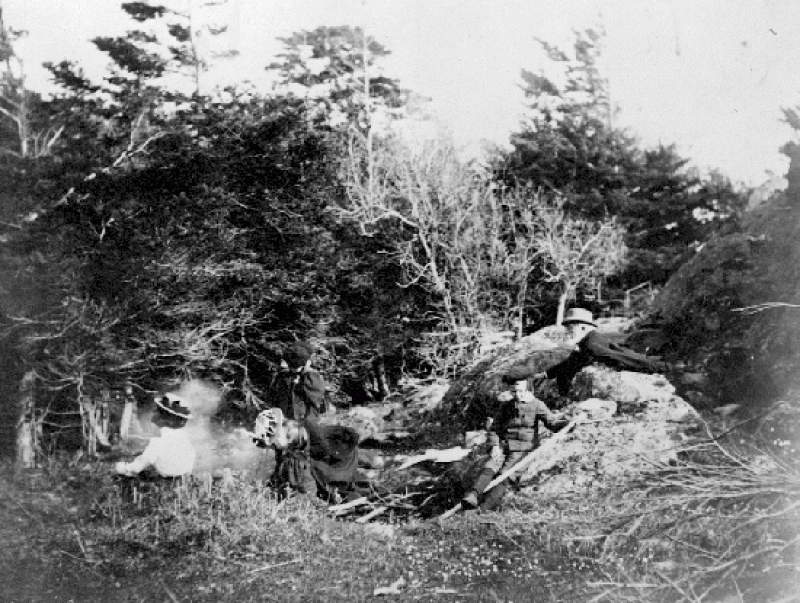 Crease family picnic
Crease family picnic
The Crease’s were an early colonial family who washed up in Victoria in the 1860s. All of the women in the family were artists and, together, they left a considerable documentary record of their time.
-
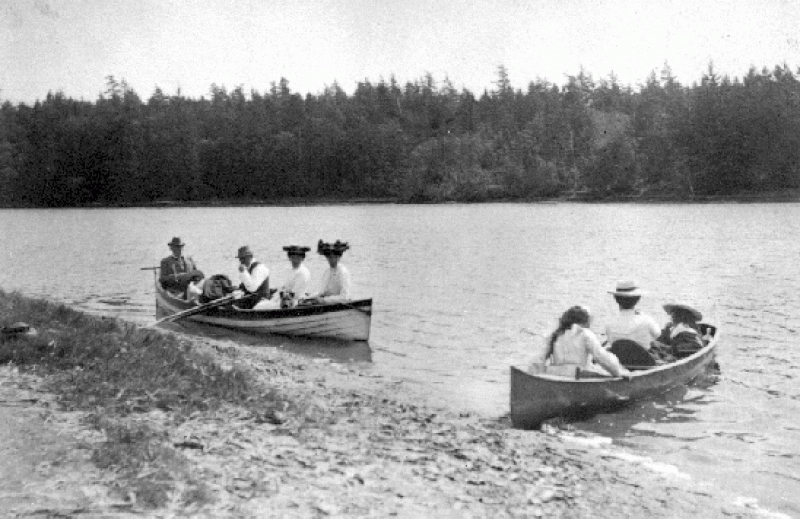
An expedition on the Gorge
The young ladies travelled throughout the Province and the world, documenting everything they could. The rocky meadows and shorelines around Victoria were a favourite haunt.
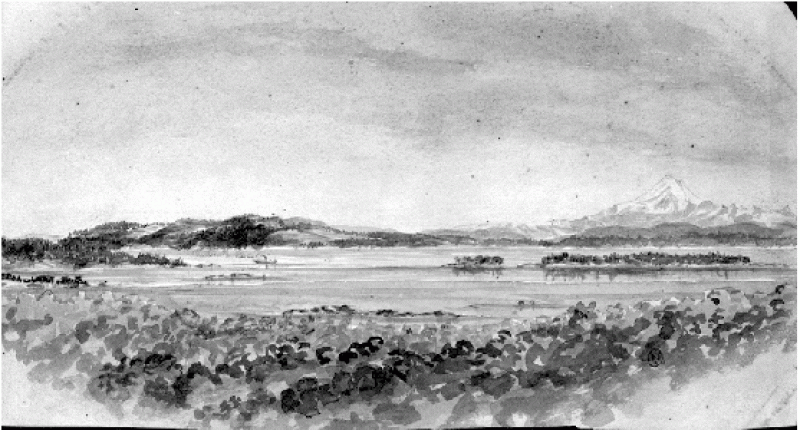
Oak Bay from Gonzales Hill
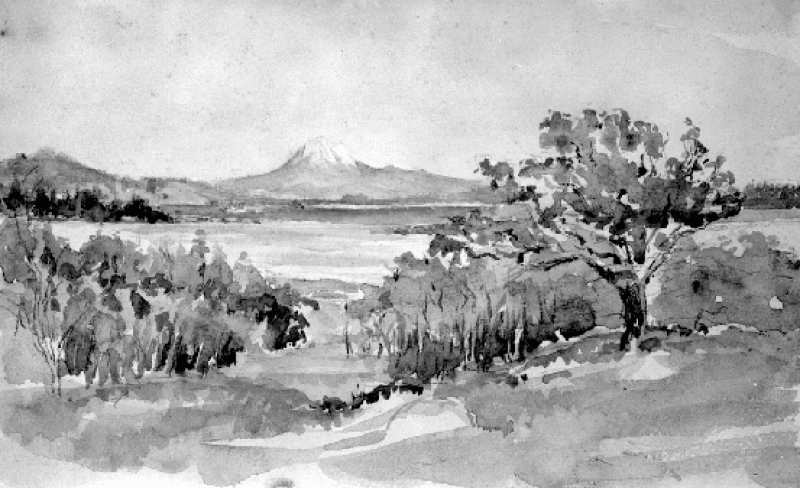
Oak Bay and Mt.Baker
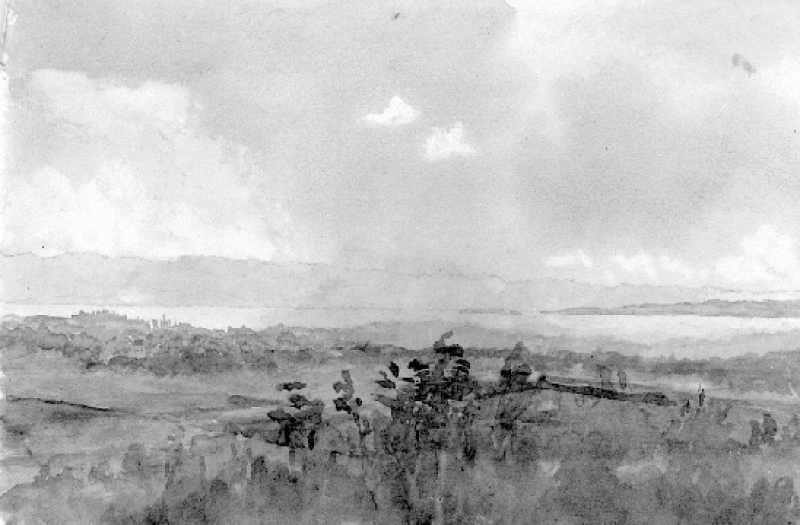
Victoria from Mt Tolmie
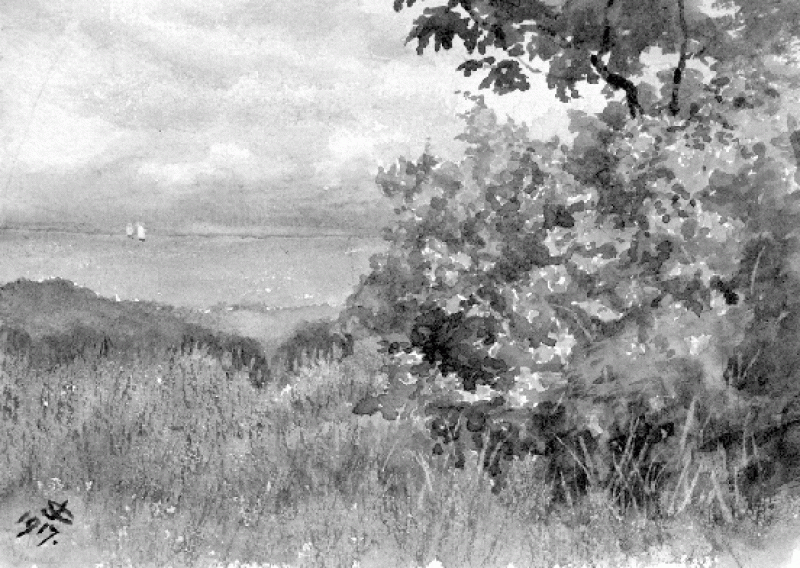
Juan de Fuca Strait from Beacon Hill
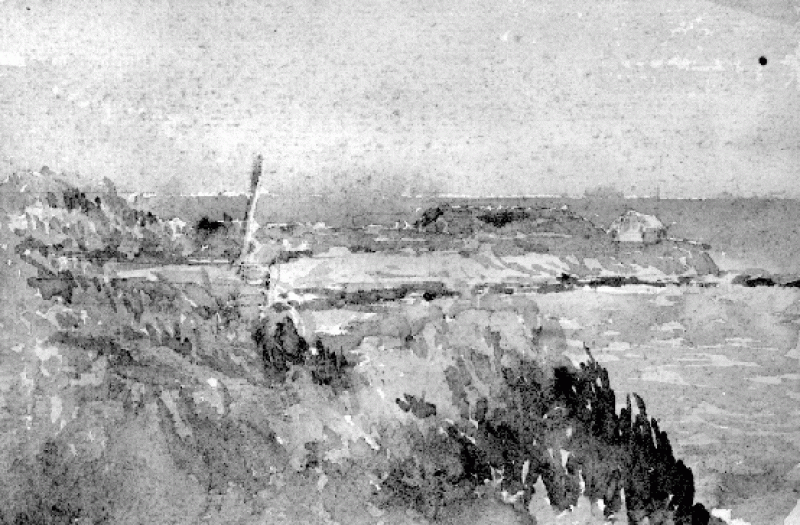
Finlayson Point
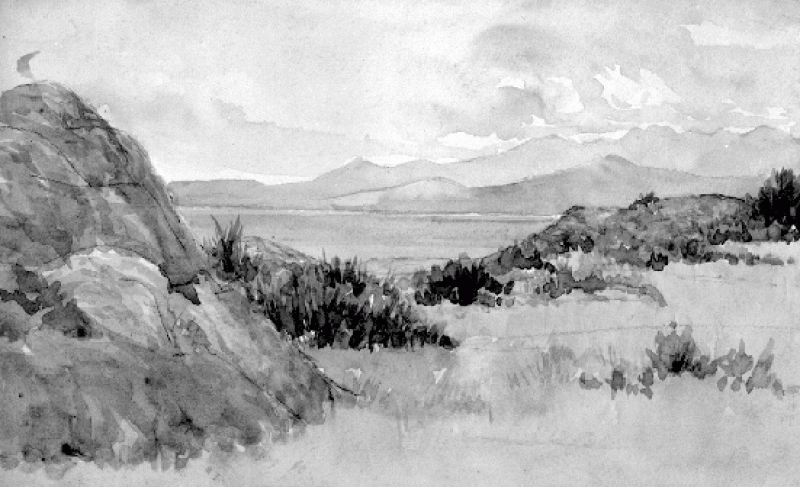
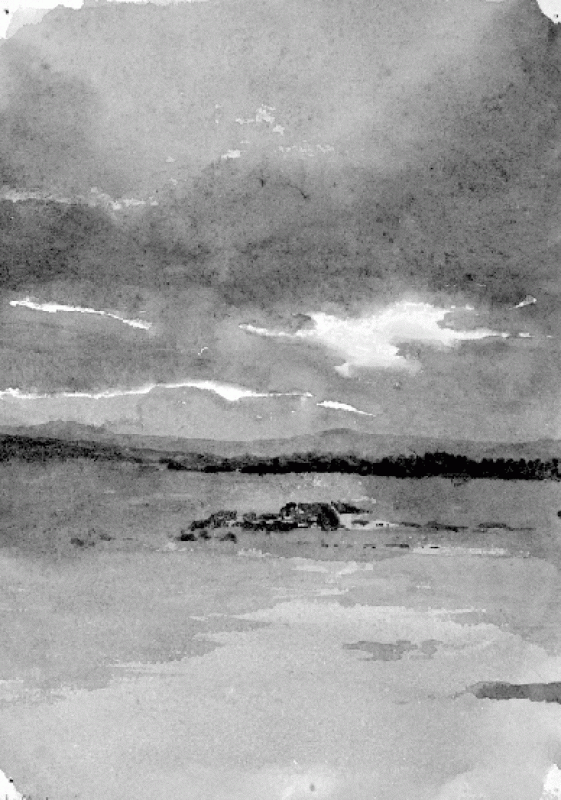
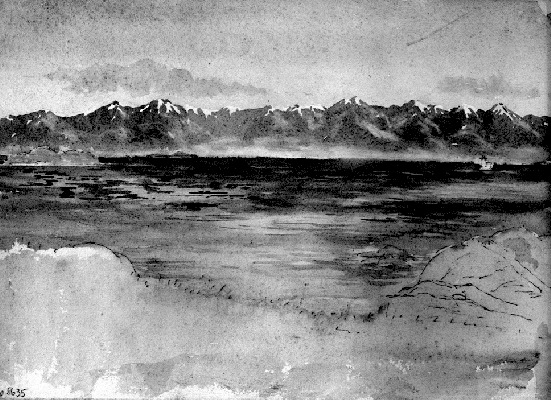
Olympics
